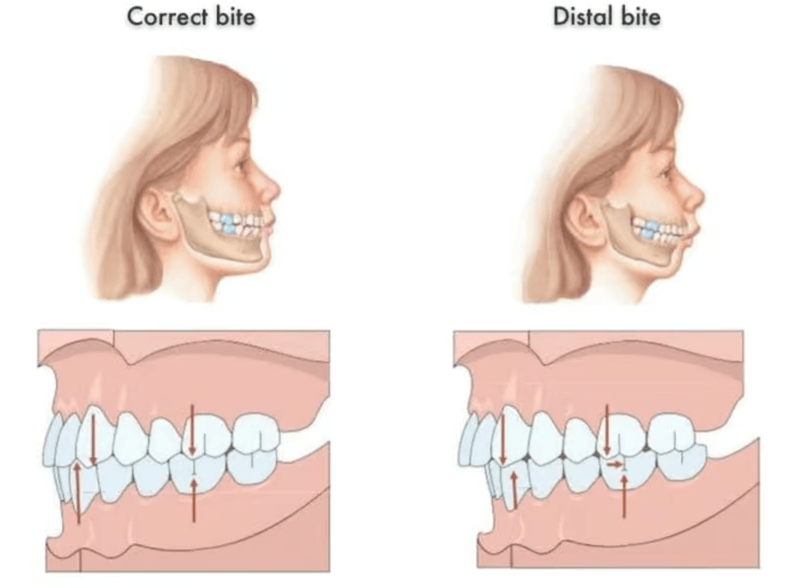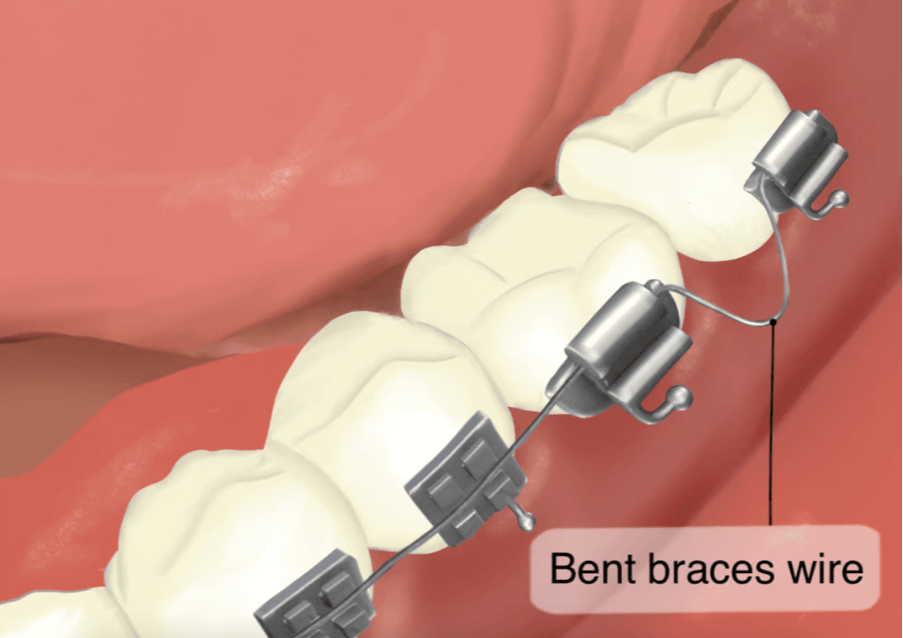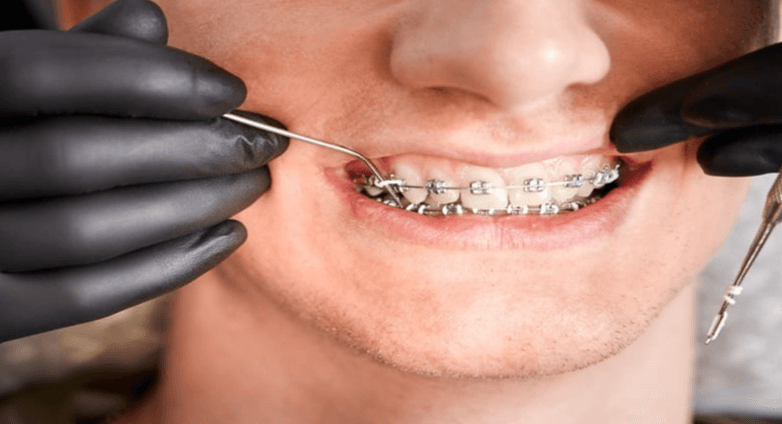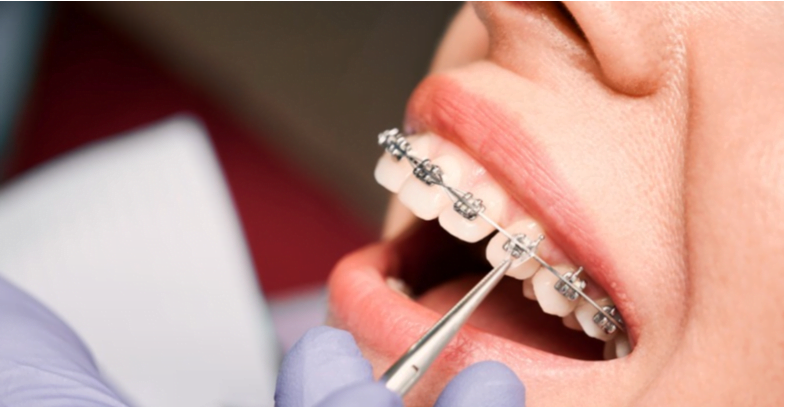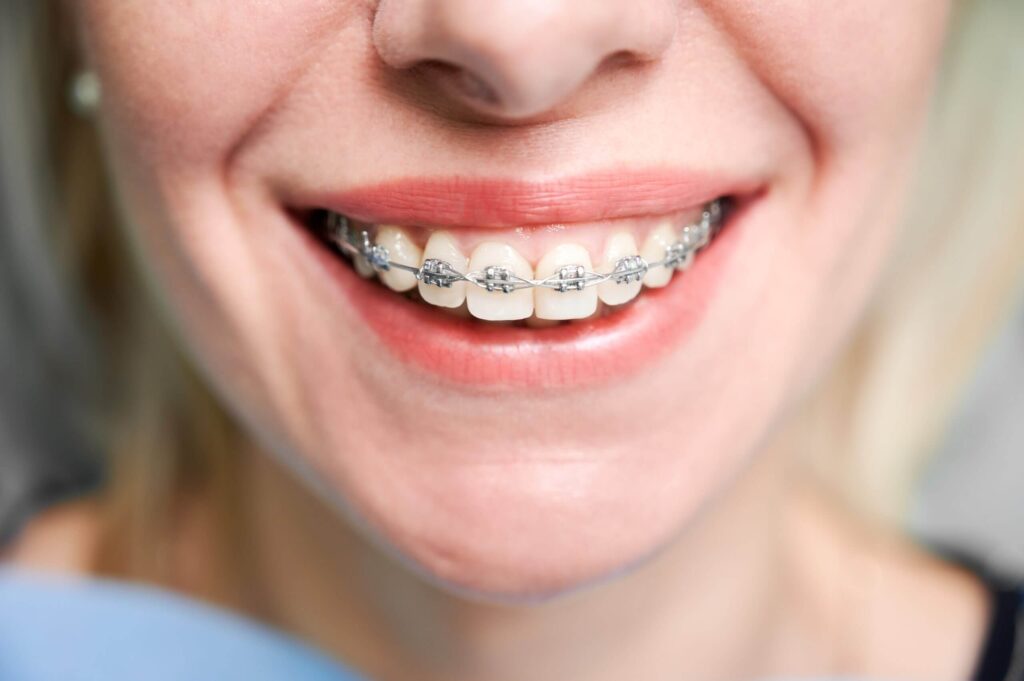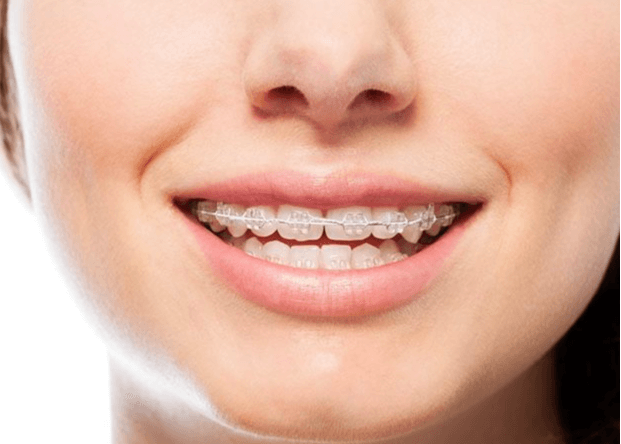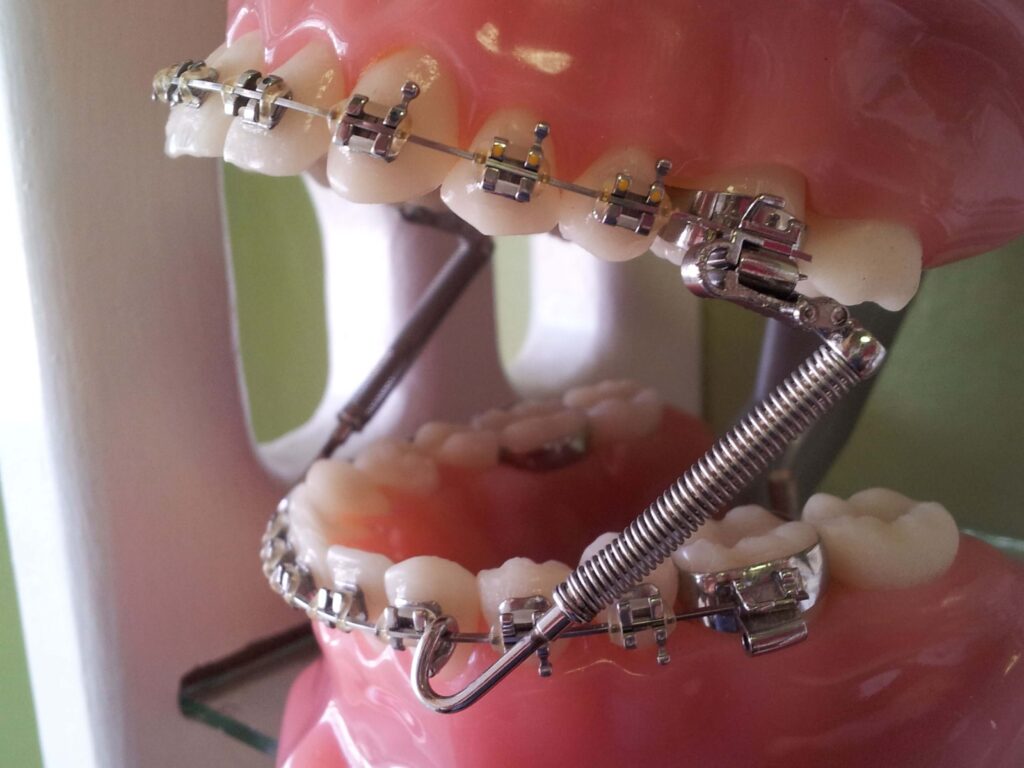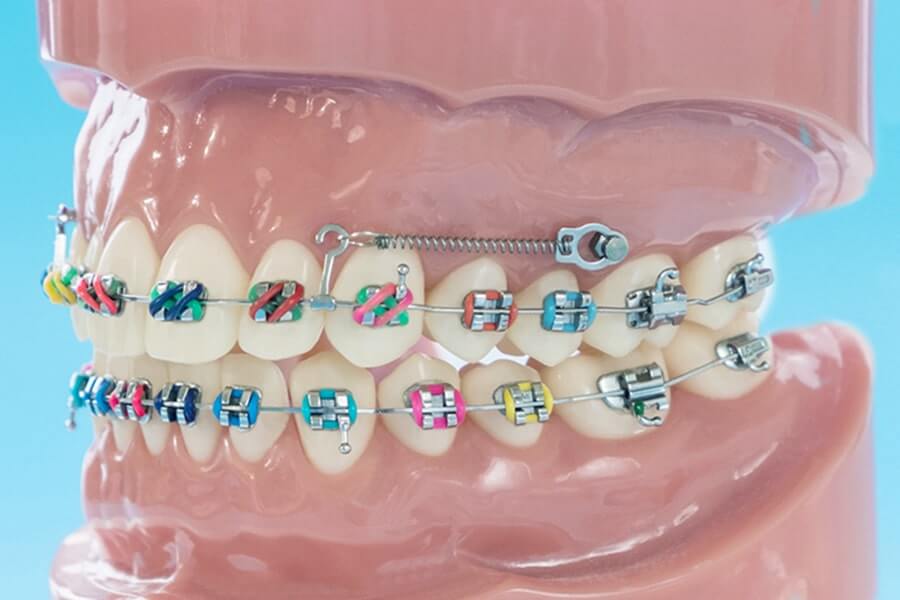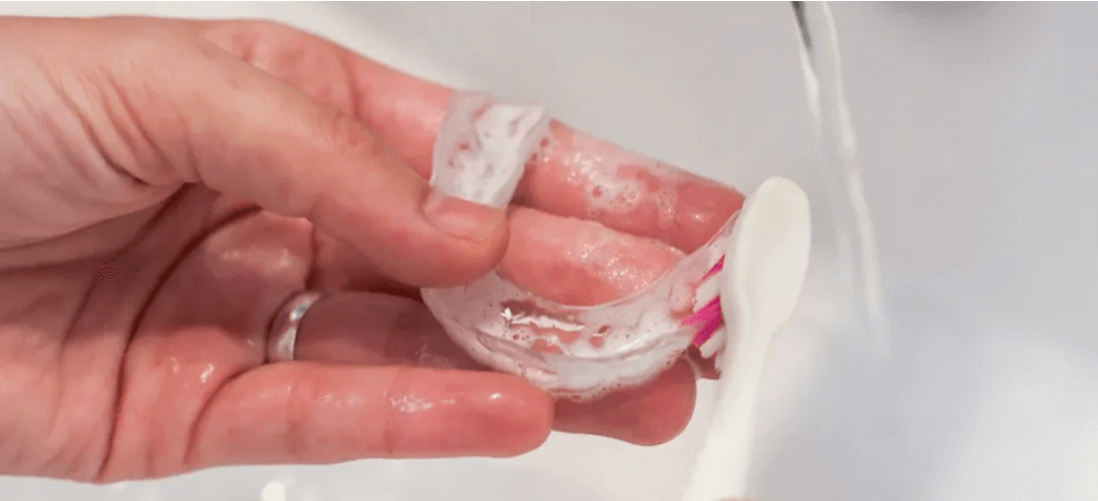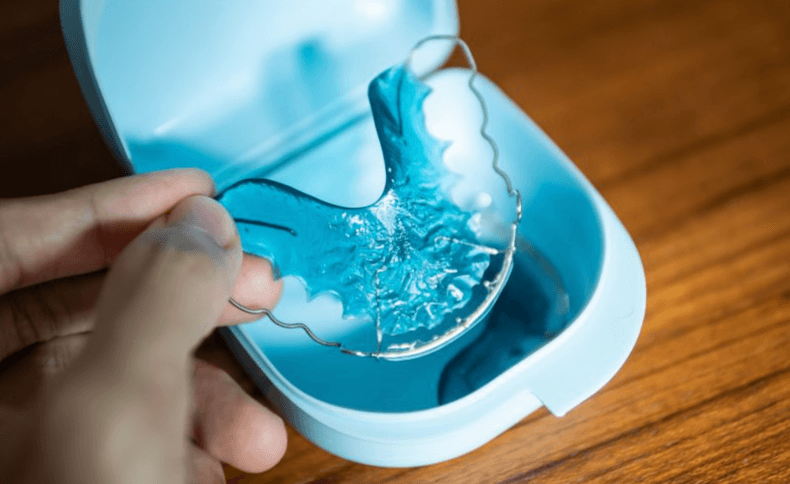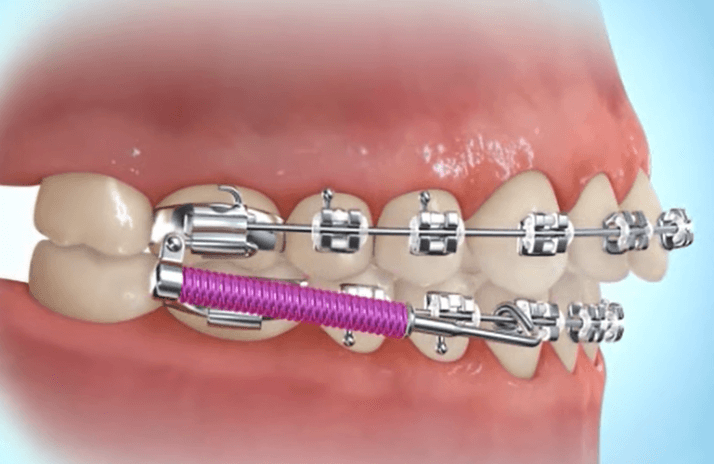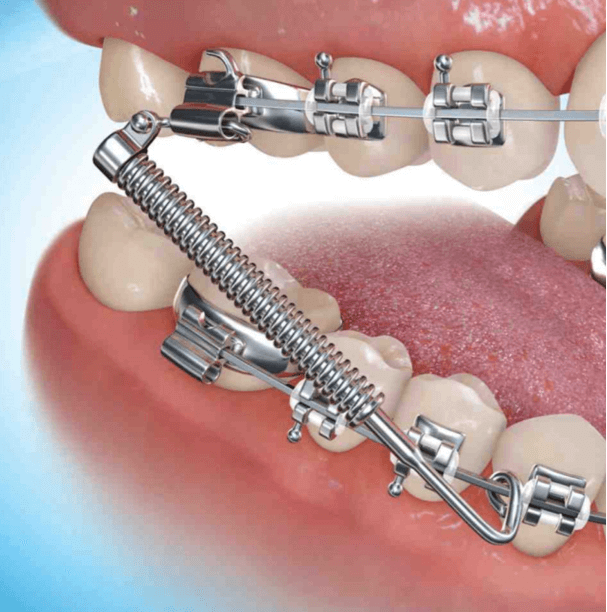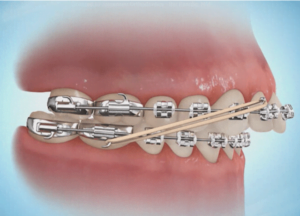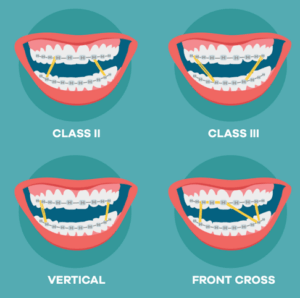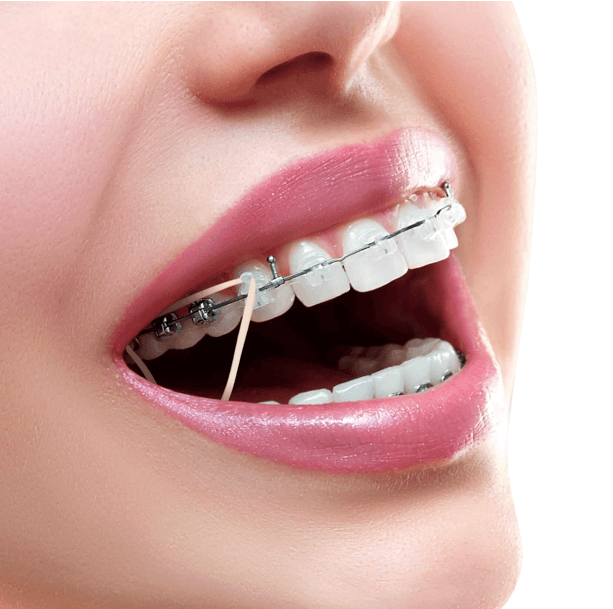CONTACT DETAILS
- Amazing Smiles Orthodontics: Forest Hills 100-25 Queens Boulevard Forest Hills, NY 11375
- Phone: (718) 275-3200
- Email: amazingsmilesnyc@gmail.com
The convoluted connection between alignment and slumber standards often remains veiled. Yet, with collision of a precise range bite on final wellness is profound. This article endeavors to shed light on the transformative effects of orthodontic treatment on sleep patterns and general health. By exploring the benefits of orthodontic intervention on snooze status and delving into the nuances of sleeping with braces or aligners, we uncover the pivotal role of dental alignment in fostering rejuvenating sleep and enhancing universal vitality. Let us embark on a journey to unveil the profound influence of a correct bite on sleep worth and wholeness.

The Impact Of A Correct Bite On Sleep Quality And General Health
In the pursuit of better slumber and boost health, one often overlooks the crucial role of dental alignment. A correct bite, facilitated through orthodontic intervention, can significantly impact sleep nature and ruling wellness. The journey to optimal slumbering and wholeness transcends the conventional boundaries of fitness and nutrition, extending its reach to the meticulous alignment of our teeth. Orthodontic intervention emerges as a beacon of hope, illuminating the path toward rejuvenating slumber and vibrant health. Through the lens of orthodontic expertise, we uncover the intricate interplay linking dental alignment and sleep classification, painting a portrait where each adjustment of the teeth contributes to the masterpiece of welfare.
This article delves into the profound effects of orthodontic treatment on slumber highlights and the transformative benefits it brings.
Benefits Of Orthodontic Treatment On Sleep Quality
Orthodontic procedures not only aim to lift the stylishness of one’s smile but also reassure a pivotal character optimizing sleep grade. By correcting misalignments and irregularities in the bite, the orthodontic treatment promotes proper jaw positioning during rest, consequently reducing the likelihood of sleep disturbances such as snoring and sleep apnea.
Moreover, a well-aligned bite contributes to improved airflow during adequate snoozing, mitigating the risk of respiratory matters in question and ensuring uninterrupted rest. This upgrade in breathing patterns fosters deeper, more corrective beauty sleep rotation, leading to increases during the forenoon, afternoon, and evening hours providing alertness and vitality.
Improving Sleep Quality With Orthodontics
The interconnection allying dental alignment and sleep caliber underscores the significance of orthodontic interventions in enhancing all comfort. Orthodontists employ various techniques such as braces, aligners, and another orthodontic instruments to correct bite irregularities and align the teeth properly.
By addressing malocclusions and bite discrepancies, orthodontic treatment alleviates pressure on the jaw joints, facilitating relaxation of the facial muscles during sleep. Consequently, individuals experience increased aches and tension, promoting a more relaxed and restful sleep environment.
Furthermore, orthodontic correction contributes to the prevention of dental themes such as teeth grinding and temporomandibular joint disorders (TMJ), which can significantly disrupt sleep patterns and compromise all-embracing robustness. By fostering proper dental alignment, orthodontic treatment mitigates these risks, allowing individuals to enjoy uninterrupted and rejuvenating snoozing.
Sleeping with Braces
While undergoing orthodontic treatment, individuals may have concerns about sleeping comfortably with braces or another device. However, with proper care and adjustment, resting with orthodontic devices becomes manageable.
Orthodontists guide maintaining oral hygiene and offer tips for adapting to sleeping with braces or aligners. Additionally, utilizing orthodontic accessories such as orthodontic pillows can escalate comfort and alleviate any discomfort associated with sleeping with dental implements.
In conclusion, the impact of a correct bite on rest rank and general wholeness cannot be overstated. Orthodontic intervention not only augments excellent dental care but also promotes optimal snooze patterns and inclusive security By addressing bite irregularities and aligning the teeth properly, orthodontic treatment empowers individuals to enjoy relaxing slumber and embrace a healthier lifestyle.

